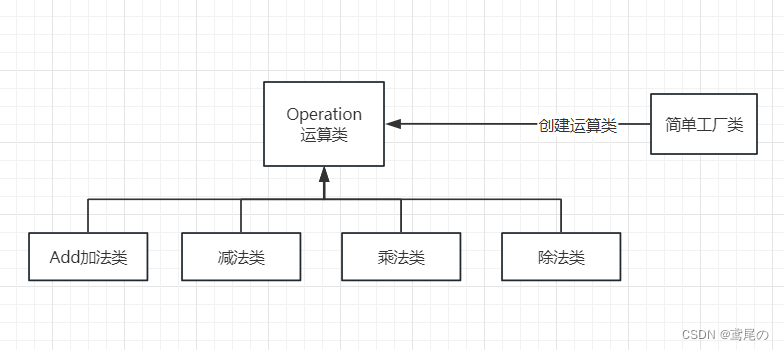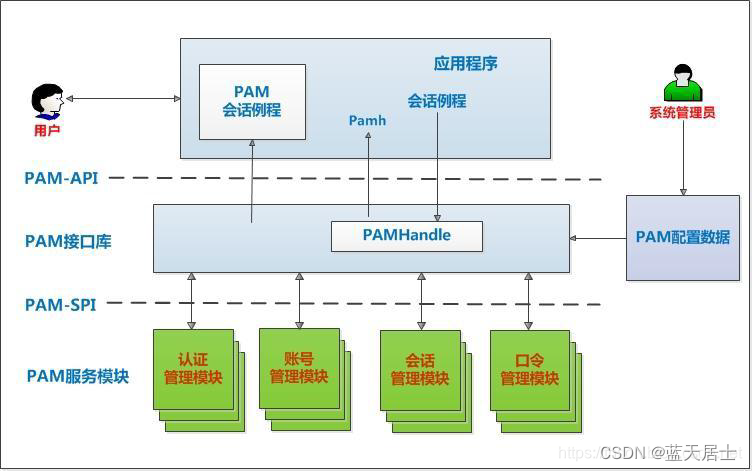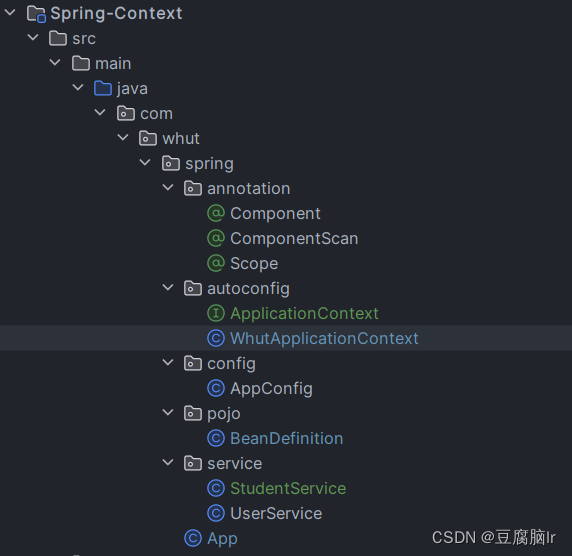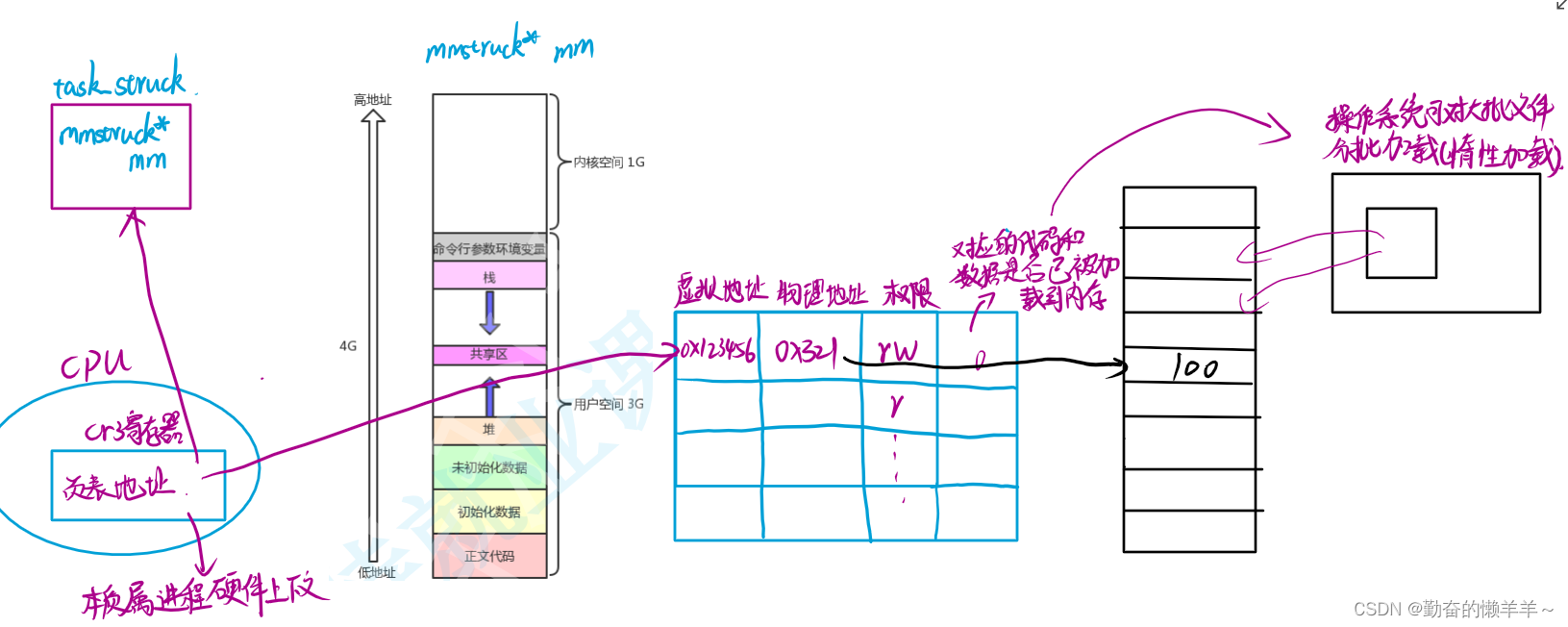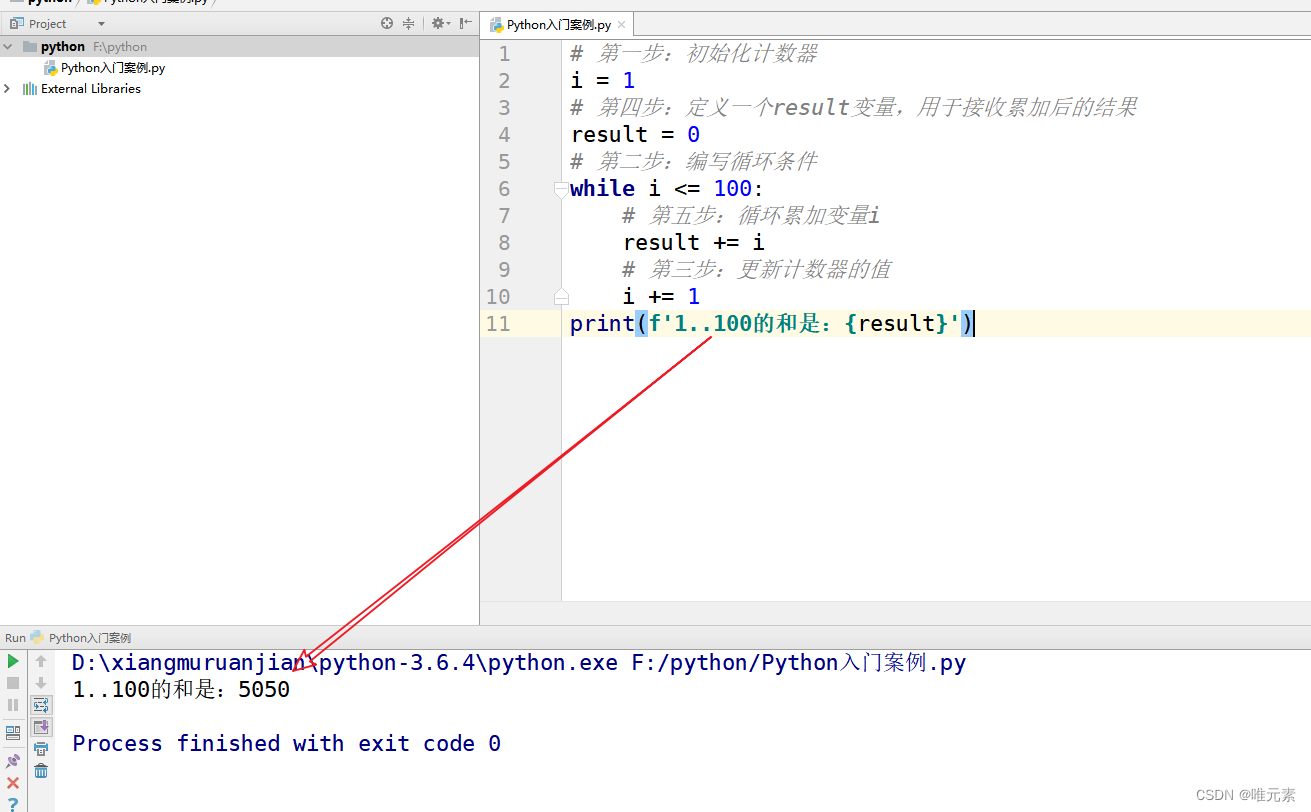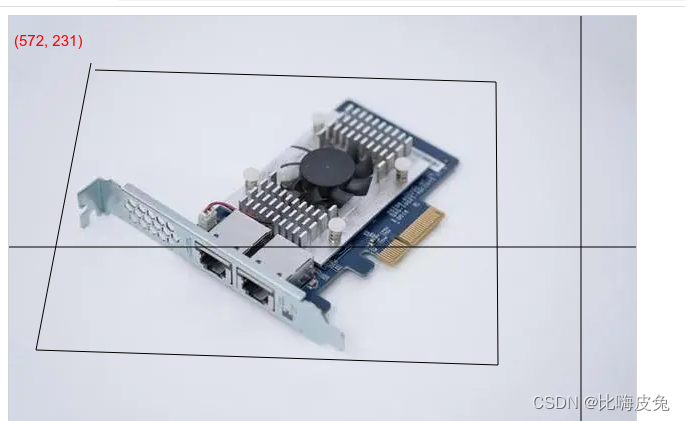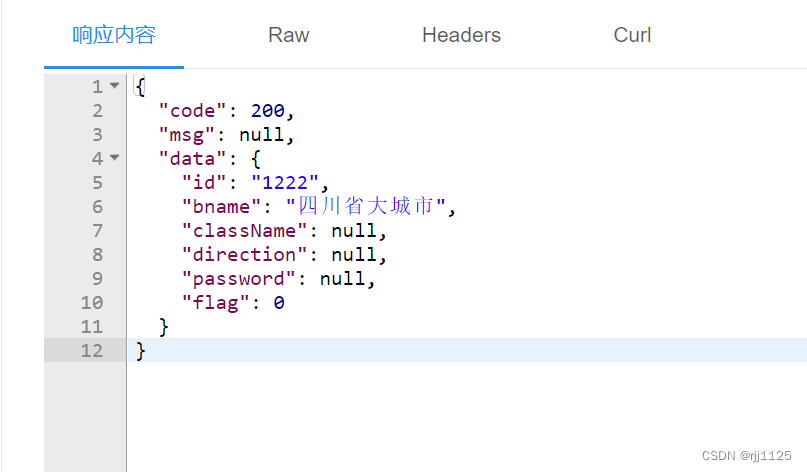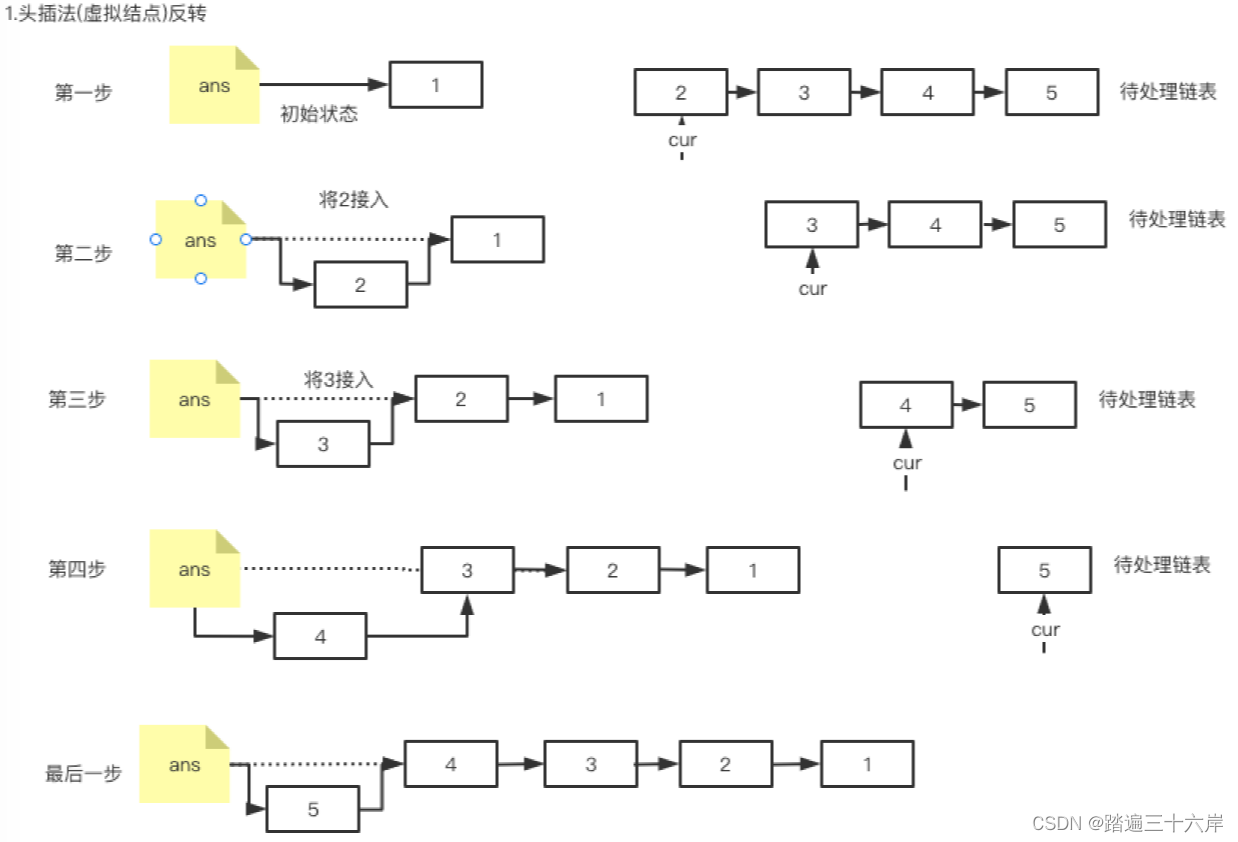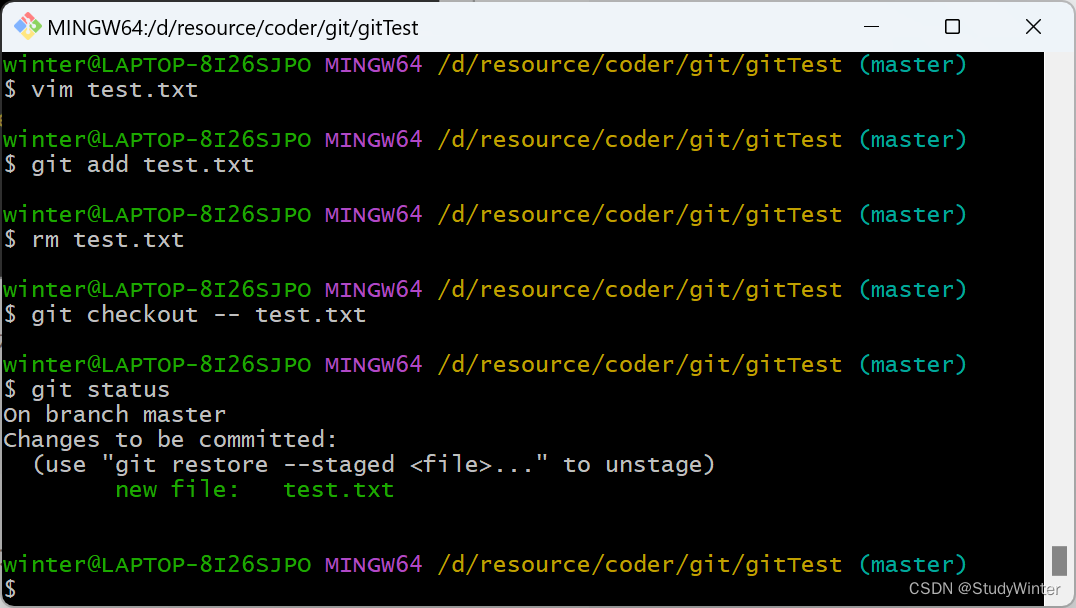· CSDN的uu们,大家好。这里是C++入门的第十七讲。
· 座右铭:前路坎坷,披荆斩棘,扶摇直上。
· 博客主页: @姬如祎
· 收录专栏:C++专题

目录
1. 构造函数
1.1 vector(size_t n, const T& val = T())
1.2 vector (const vector& x)
1.3 无参构造
2. size_t size() const
3. void resize (size_t n, T val = T())
4. size_t capacity() const
5. bool empty() const
6. void reserve (size_t n)
7. T& operator[] (size_t n)
8. T& front()
9. T& back()
10. void push_back (const T& val)
11. void pop_back()
12. void insert ()
12.1 iterator insert (iterator pos, const T& val)
12.2 void insert (iterator position, size_t n, const T& val)
13. erase()
13.1 iterator erase (iterator pos)
13.2 iterator erase (iterator first, iterator last)
14. void swap(vector& v)
15. void clear()
1. vector是表示可变大小数组的序列容器。
2. 就像数组一样,vector也采用的连续存储空间来存储元素。也就是意味着可以采用下标对vector的元素进行访问,和数组一样高效。但是又不像数组,它的大小是可以动态改变的,而且它的大小会被容器自动处理。
3. 本质讲,vector使用动态分配数组来存储它的元素。当新元素插入时候,这个数组需要被重新分配大小 为了增加存储空间。其做法是,分配一个新的数组,然后将全部元素移到这个数组。就时间而言,这是 一个相对代价高的任务,因为每当一个新的元素加入到容器的时候,vector并不会每次都重新分配大 小。
4. vector分配空间策略:vector会分配一些额外的空间以适应可能的增长,因为存储空间比实际需要的存 储空间更大。不同的库采用不同的策略权衡空间的使用和重新分配。但是无论如何,重新分配都应该是 对数增长的间隔大小,以至于在末尾插入一个元素的时候是在常数时间的复杂度完成的。
5. 因此,vector占用了更多的存储空间,为了获得管理存储空间的能力,并且以一种有效的方式动态增 长。
6. 与其它动态序列容器相比(deque, list and forward_list), vector在访问元素的时候更加高效,在末 尾添加和删除元素相对高效。对于其它不在末尾的删除和插入操作,效率更低。比起 list (双向链表) 和forward_list (单向链表) 统一的迭代器和引用更好。
1. 构造函数

库里面有很多重载的版本,看看就行,我们学习最常用的!
1.1 vector(size_t n, const T& val = T())
在学习和模拟string的时候没有用到模板,那是因为 string 的出现非常早,并且也没必须做成模板类嘛!但是vector就不一样了,vector里面可以存储各式各样的数据类型,不做成模板那可老难受了!所以这个构造函数里面的 T 就是模板参数,缺省值 val = T() 表示不给 val 传参调用 T 的默认构造当作 val 的缺省值。
这个构造函数表示为 vector 开辟 n 个 T 类型数据大小的实际空间,并初始化为 val。
例如:vector<int> v(10),开辟 10 个整形的空间,并且初始化为 0,为啥是初始化为 0 呢,因为 int() 的结果就是 0。
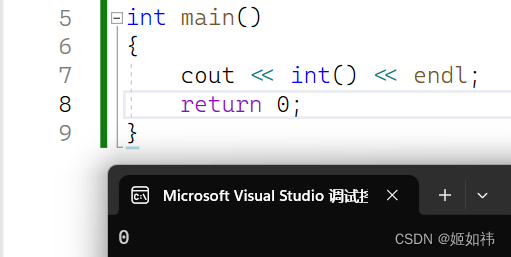
#include<vector>
#include<iostream>
using namespace std;
int main()
{
vector<int> a(10, 2); // 10个整形大小的空间,初始化为 2
return 0;
}1.2 vector (const vector& x)
这是拷贝构造函数,就不用多说啦!支持用一个 vector 对象构造出一个新的 vector 对象。
#include<vector>
#include<iostream>
using namespace std;
int main()
{
vector<int> a(10, 2);
vector<int> b(a);
return 0;
}1.3 无参构造
在写代码的时候,我们经常习惯这么写:
vector<int> a;这么写vector会分配空间嘛!

显然,没有分配空间,无参构造出来的 vector 是不能用下标去访问数据的,因为压根就没有分配空间嘛!
2. size_t size() const
这个函数可以返回一个vector对象实际存储元素的个数!
#include<vector>
#include<iostream>
using namespace std;
int main()
{
vector<int> a(10);
cout << a.size() << endl; //输出:10
vector<int> b;
cout << b.size() << endl; //输出:0
return 0;
}3. void resize (size_t n, T val = T())
这个函数跟 string 的那个 resize 简直一毛一样。当 n 大于原 vector 的 size,就会用 val 初始化新获得的空间,不传 val 就是用 T 类型的默认构造的值来初始化新获得的空间;当 n 小于原 vector 的 size,直接截断就行啦!
当 n 小于原 vector 的 size 时:
#include<vector>
#include<iostream>
using namespace std;
int main()
{
vector<int> a(10);
for (int i = 0; i < 10; i++)
a[i] = i + 1;
a.resize(5);
return 0;
}
当 n 大于原 vector 的 size 时:
#include<vector>
#include<iostream>
using namespace std;
int main()
{
vector<int> a(5);
for (int i = 0; i < 5; i++)
a[i] = i + 1;
a.resize(10, 88);
return 0;
}
4. size_t capacity() const
这个函数用来返回 vector 实际维护空间的大小,这一点与 string 是十分相似的!size用来维护 实际存储的元素个数,capacity 用来维护实际容量,方便扩容的实现!
不同编译器的扩容逻辑都是不相同的,在不同编译器的结果可能不尽相同!
#include<vector>
#include<iostream>
using namespace std;
int main()
{
vector<int> a;
cout << a.capacity() << endl; //输出:0
vector<int> b(10);
cout << b.capacity() << endl; //输出:10
return 0;
}5. bool empty() const
这个函数用来判断 vector 的 size 是否等于 0,如果 vector 的size == 0,返回 true 否则返回 false。
#include<vector>
#include<iostream>
using namespace std;
int main()
{
vector<int> a;
cout << a.empty() << endl; //输出:1
return 0;
}6. void reserve (size_t n)
这个函数可以改变 vector 维护的实际空间大小,这个函数和 string 的reserve 相似,即改变capacity的大小!

7. T& operator[] (size_t n)
一个类的对象支持下标访问元素的根本原因就是该类重载了[]运算符!重载 [] 运算符使得我们可以轻松地访问和修改vector 的元素。
T 是模板参数哈,因为 vector 是个模板类,vector 存储的元素类型需要在编译时才能确定!
该函数的实现依然是有 const 和非 const 版本,支持 const 对象的调用 和 非 const 对象的调用。
#include<vector>
#include<iostream>
using namespace std;
int main()
{
vector<int> a(10, 1);
//修改vector中的元素
for (int i = 0; i < 10; i++)
a[i]++;
//访问vector中的元素,输出:2 2 2 2 2 2 2 2 2 2
for (int i = 0; i < 10; i++)
cout << a[i] << " ";
cout << endl;
return 0;
}8. T& front()
返回 vector 中的第一个元素,很简单哈!
#include<vector>
#include<iostream>
using namespace std;
int main()
{
vector<int> a(10, 1);
cout << a.front() << endl; //输出:1
return 0;
}9. T& back()
返回 vector 数组中最后一个元素,同样比较好理解!
#include<vector>
#include<iostream>
using namespace std;
int main()
{
vector<int> a(10);
for (int i = 0; i < 10; i++)
a[i] = i;
cout << a.back() << endl; //输出:9
return 0;
}10. void push_back (const T& val)
这个函数就是在 vector 数组的末尾增加一个元素。
比如:你有一个 vector,他的 size 是 10,那么调用 push_back() 函数,就会在 下标为 10 的位置插入一个元素,同时这个vector 的size 变为 11。
#include<vector>
#include<iostream>
using namespace std;
int main()
{
vector<int> a(10);
a.push_back(10);
cout << a.back() << endl; //输出:10
return 0;
}11. void pop_back()
这个函数也是很简单哇!删除 vector 数组最后那个元素,就是 下标为 size - 1 的那个元素。
#include<vector>
#include<iostream>
using namespace std;
int main()
{
vector<int> a(10);
a.push_back(10);
a.pop_back();
cout << a.back() << endl; //输出:0
return 0;
}12. void insert ()
12.1 iterator insert (iterator pos, const T& val)
这个 iterator 就是 vector 的迭代器哈!在 string 的模拟实现中,我们知道了 string 的迭代器就是一个 char*。那 vector 的迭代器是啥呢?没错就是 T*。在 string 和 vector 中迭代器都是指针,但是我想说的就是迭代器不完全是指针哈,在我们模拟实现 list 以及后面的容器的时候你就知道啦!
这个函数就是在 一个迭代器的位置插入一个值为 val 的元素,并且返回新插入元素位置的迭代器。

如上图,我们要在 pos 位置插入一个新的元素,那么我们就要将包括 pos 在内的所有元素向后移动一个下标,插入新的元素 val 之后,返回 pos 位置的迭代器!
#include<vector>
#include<iostream>
using namespace std;
int main()
{
vector<int> a;
a.push_back(1);
a.push_back(2);
a.push_back(3);
a.push_back(4);
a.insert(a.begin() + 2, 5); // 在下标为 2 的位置插入一个元素 5
//输出:1 2 5 3 4
for (auto e : a)
cout << e << " ";
cout << endl;
return 0;
}12.2 void insert (iterator position, size_t n, const T& val)
这个函数就是在 pos 位置插入 n 个 val 元素!原理和上面的差不多哈!举个例子方便大家理解!
#include<vector>
#include<iostream>
using namespace std;
int main()
{
vector<int> a(3, 1);
a.insert(a.begin(), 3, 0); //在下标为 0 的位置插入三个0
//输出:0 0 0 1 1 1
for (auto e : a)
cout << e << " ";
cout << endl;
return 0;
}13. erase()
13.1 iterator erase (iterator pos)
这个函数可以删除 pos 位置的元素,然后返回 pos 位置的下一个位置的迭代器!
可以看看例子加深理解,是在理解不了也没关系,下一讲模拟实现 vector 保证你彻彻底底理解erase。
#include<vector>
#include<iostream>
using namespace std;
int main()
{
vector<int> a;
a.push_back(1);
a.push_back(2);
a.push_back(3);
//删除下标为 1 的元素
auto it = a.erase(a.begin() + 1);
cout << *it << endl;
return 0;
}13.2 iterator erase (iterator first, iterator last)
这个函数能够删除两个迭代器之间的所有元素,删除的范围是:[first, last)。左闭右开的一个区间哈!
#include<vector>
#include<iostream>
using namespace std;
int main()
{
vector<int> a;
a.push_back(0);
a.push_back(1);
a.push_back(2);
a.push_back(3);
a.push_back(4);
a.push_back(5);
a.push_back(6);
//删除下标为 [1, 4) 的所有元素
a.erase(a.begin() + 1, a.begin() + 4);
//输出:0 4 5 6
for (auto e : a)
cout << e << " ";
cout << endl;
return 0;
}14. void swap(vector<T>& v)
这个函数可以实现两个 vector 之间的交换,和 string 里面的那个swap 差不多!
#include<vector>
#include<iostream>
using namespace std;
int main()
{
vector<int> a(3, 1);
vector<int> b(3, 2);
a.swap(b);
//输出:2 2 2
for (auto e : a)
cout << e << " ";
cout << endl;
//输出:1 1 1
for (auto e : b)
cout << e << " ";
cout << endl;
return 0;
}15. void clear()
这个函数可以清空 vector 中存储的所有元素。

我们实现的时候,只需要将 size 置为 0,就可以啦!capacity 是不需要改变的!
vector 的使用相比 string 的使用就简单多了!



